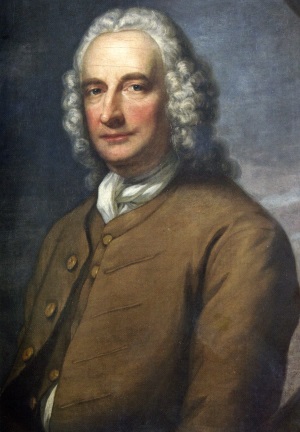
Ralph Allen was baptised in Cornwall in 1693 and at the age of 14 became a clerk at the Post Office at St. Columb Major, Cornwall.
Ralph Allen's grandmother ran the Post Office at St. Colomb Major. When he was 14 her health deteriorated and he ran the Post Office on her behalf. At this time St. Colomb Major was a more important town than Truro.
It is thought that Quash, a Postal Surveyor, would have called at this Post Office and met the efficient young Allen.
It was probably as a result of this meeting that the young Allen was and later given the exalted position of Postmaster of Bath as a young man of 19.
At the age of 27 Allen took control of the Cross and Bye Posts under a seven year contract to the Post Office agreeing to pay £6,000 per annum, about half a million pounds today.
At the end of period he had not made a profit as he only broke even but he had the courage to continue. He reformed the postal service, creating a network of postal roads that did not pass through London. It is estimated that he saved the Post Office £1,500,000. Ralph Allen continued to sign contracts, paying £6,000 per annum every 7 years until his death.